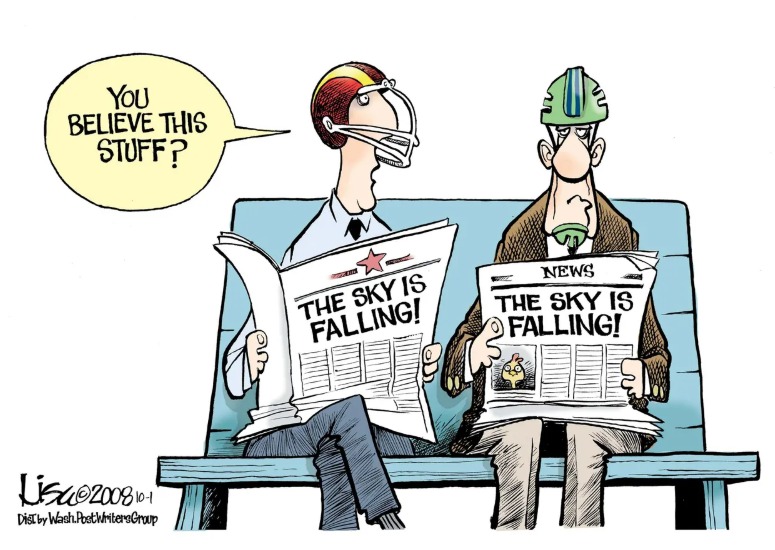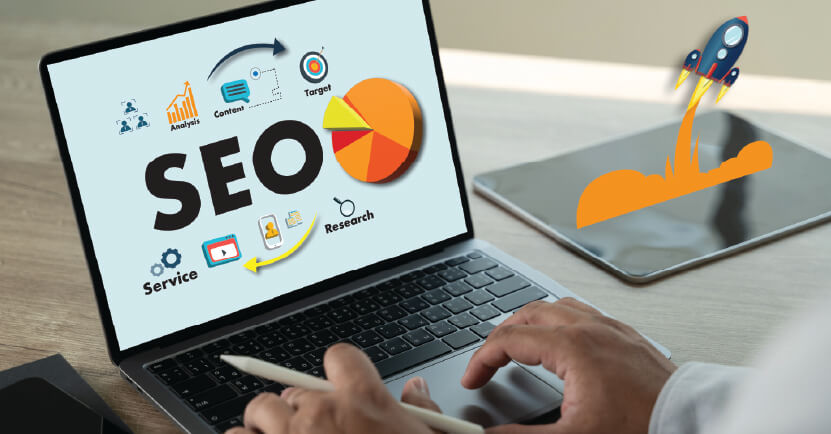- 0243394034
- info@centralcoastseo.com.au
- Google 1st Pages Guaranteed in Writing.
Mastering Reactive PR with Artificial Intelligence | Future-Proof Your Outreach Strategy

Mastering Reactive PR with Artificial Intelligence | Future-Proof Your Outreach Strategy
The world of digital PR is changing dramatically. Artificial intelligence (AI) is reshaping how brands connect with the media, plan their strategies, and get their stories covered. AI isn’t just something for the future; it’s a key part of how digital PR works right now. It allows marketers to look at data, understand trends, and create personalized pitches much faster than they could before. For brands today, the choice is clear: either embrace what AI can do to boost creativity and efficiency, or risk falling behind competitors who are already using it.
This guide will show digital PR professionals how to succeed in this new era of AI-powered media outreach. We’ll take a close look at the tools, methods, and strategies that are changing the industry.
How AI is Reshaping Digital PR and Media Outreach
The idea of AI helping with digital PR isn’t brand new. Even back in 2014, I wrote about how automation was becoming more common in dealing with the media in the Harvard Business Review. At that time, a lot of people in the industry were sending out the same generic press releases and using mass outreach hoping to get noticed. Many of these approaches used spam-like methods to try and rank higher in search results instead of focusing on getting real, high-quality coverage from important news sources.
Now it’s 2025, and AI has become a key part of how digital PR gets done. When I first tried out our own AI tool just a year ago, it could create lists of journalists and develop detailed, personalized plans for contacting them in just seconds – things that used to take us days to do. The speed and accuracy of today’s AI tools have made them incredibly valuable for any digital PR team that wants to reach out to more media outlets effectively.
By the end of last year, our team had AI built into every part of how we contacted the media. These AI-powered processes helped us get our clients featured in major news outlets like Reuters, CNBC, and Seeking Alpha. The results were clear. Using AI to create media lists and pitch strategies helped us connect with journalists more efficiently and effectively, and we saw great results much faster than before.
The main point is this: If you want to stay competitive in this new world of digital PR, you need to learn how to use AI to its fullest potential. If you don’t, your brand will be at a disadvantage compared to those who are already using AI to get the best possible return on their investment.
AI-Powered Tools for Digital PR and Media Outreach
Leading this big change are AI tools specifically made for digital PR. These tools can make easier tasks that used to take a lot of time, like creating lists of journalists, doing research, and reaching out to them. With a good AI system in place, PR teams can quickly find journalists who are likely to be interested in their brand’s news, write personalized emails to them, and see how well their campaigns are doing – all much faster than doing it the old way.
But AI isn’t just about being faster; it’s also about making things better creatively. As more AI tools become available, they’ll keep changing how PR is done. Right now, AI helps with the routine stuff, giving PR professionals more time to focus on building relationships with journalists, improving their strategies, and coming up with new ideas.
Reactive vs. Proactive PR: Knowing When to Leverage Each Strategy
Good digital PR often involves a blend of responding to what’s happening right now and planning ahead. Both approaches are important for keeping your brand visible, but knowing when to use each can really impact how well your campaigns do.
Reactive PR is all about jumping on breaking news or stories that are currently popular. It means acting fast and being able to quickly change your plans when the news changes. The most important thing for successful reactive PR is speed. Brands need to be able to come up with ideas, do their research, and send out their pitches within just one to three business days to make sure they stay relevant. Brands that have flexible teams and aren’t slowed down by a lot of red tape tend to do really well with this.
Proactive PR, on the other hand, is about connecting your brand with events that happen regularly, like big holidays, sports competitions, or seasonal trends. This approach takes careful planning and a content strategy that looks ahead to make sure your brand is what people are thinking about during those relevant times. Proactive PR campaigns can be planned months in advance, giving brands a longer chance to get media coverage.
AI-Driven Workflows: Scaling Digital PR Campaigns
In 2025, AI-powered workflows are not just a luxury—they are becoming the industry standard. From building media lists to writing personalised pitches, AI tools help PR teams move faster and with greater precision. By automating these time-consuming tasks, AI allows PR professionals to focus on the creative and strategic elements that truly set their campaigns apart.
However, it’s crucial to understand that AI is not here to replace human expertise. Rather, it complements the skills of experienced PR professionals, enhancing their ability to execute campaigns with greater speed and impact. The key to success is striking the right balance between technology and human creativity, ensuring that AI handles the repetitive tasks while leaving the strategic decision-making to the experts.
The Future of Digital PR in the Age of AI
The arrival of AI as a disruptive force in digital PR presents both an opportunity and a challenge. For those who embrace its potential, AI offers the ability to scale creativity, accelerate execution, and unlock new opportunities for brand exposure. For those who resist change, however, AI could spell the end of relevance in an industry that rewards innovation and agility.
The secret to thriving in this new age of AI-driven PR is adaptability. By using AI to handle the tedious tasks and free up time for high-value work, brands can elevate the quality of their PR efforts and stay ahead of the competition.


















